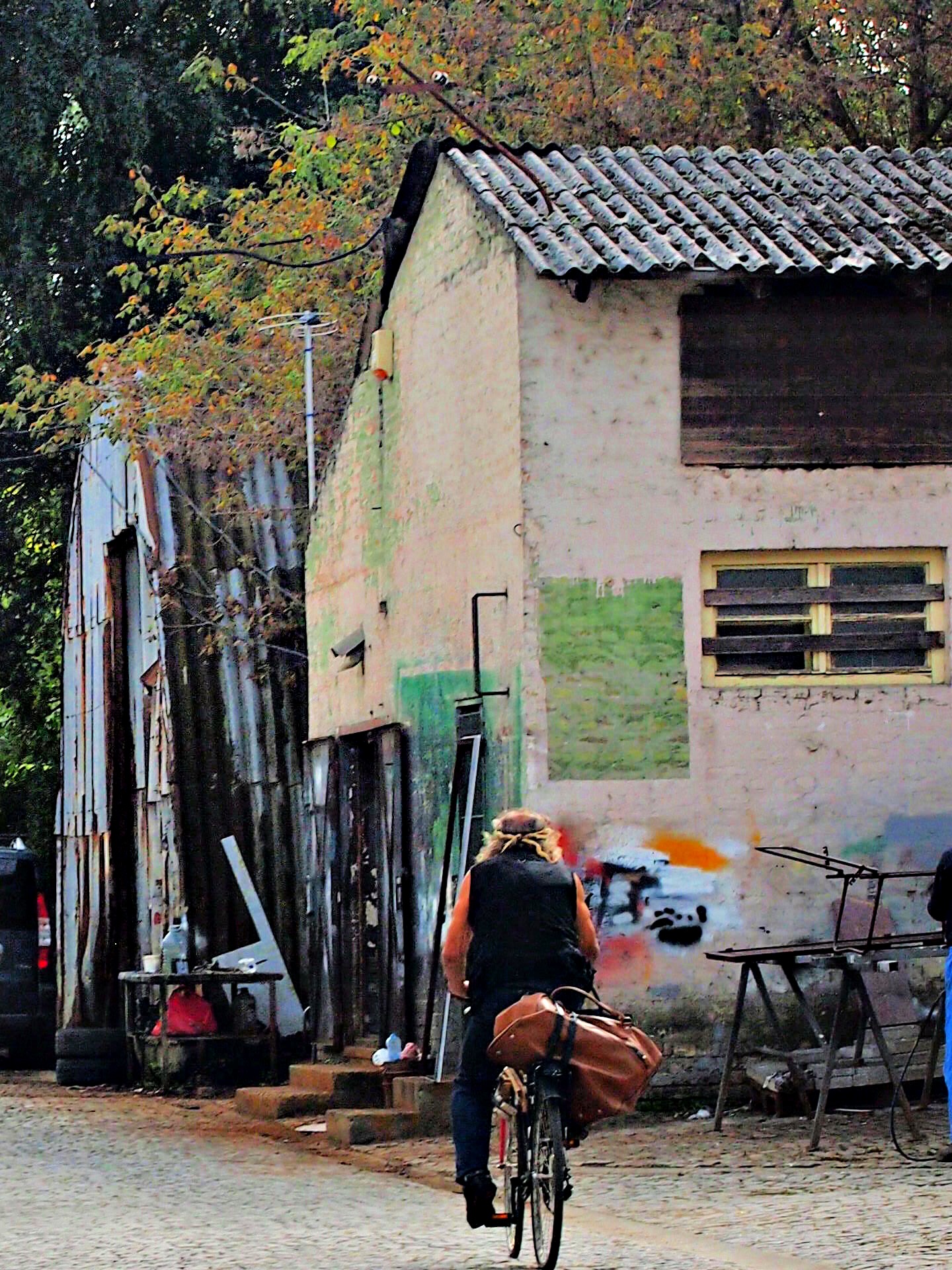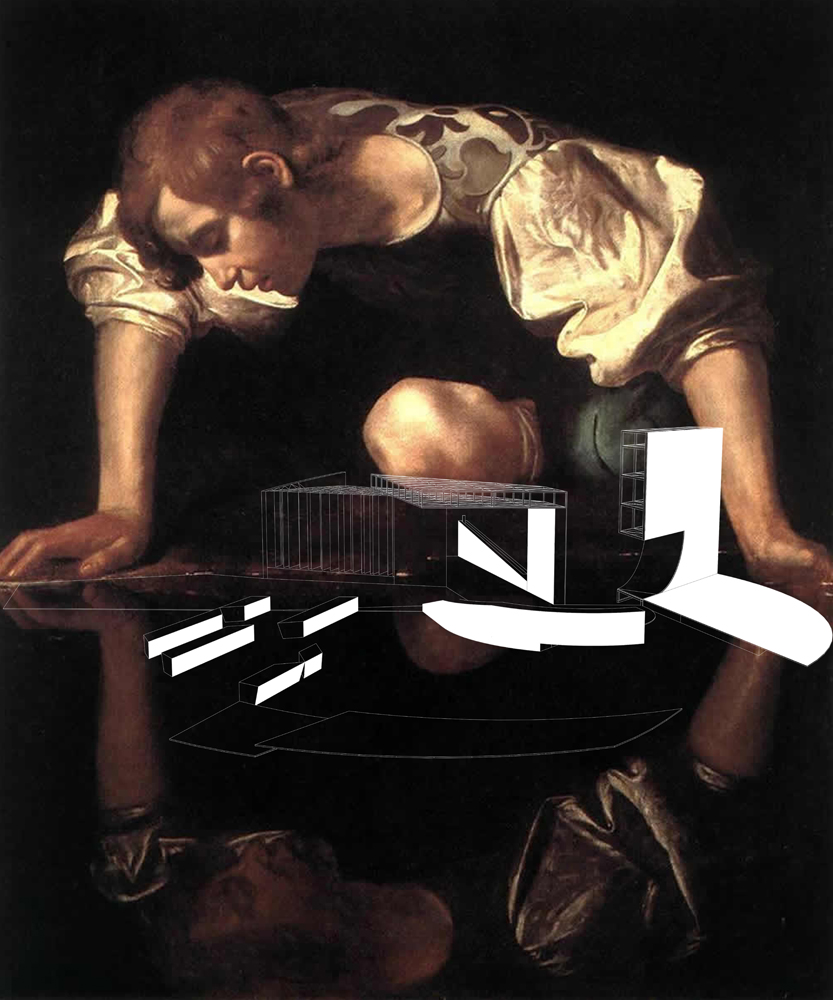When talking about things that inspired me to be an architect I like to tell the story of Maya Lin and her design for the Vietnam veteran memorial. Not an old building or a tall skyscraper, but a Vietnam war memorial and the young architect who designed it.
In 1981 Washington DC, there was an open competition for the design of the new Vietnam War Memorial in Washington DC. The winning entry would be placed in the famous Washington National Park across from the Washington monument. The winner was decided anonymously and was judged only by its design and idea.
When the judges looked over entry 1026 they regarded it as a perfect choice. The design was a perfect blend and representation of the lives lost and how they should be remembered. The tragedy of war should have a strong deep impression. It does not require decorations or art for it is not something to be celebrated or made to look beautiful. In its own simple form, it must offer comfort and space for the visitors paying their respects and morning over their loved ones.
When Maya Lin received the news that she won the competition, she was a 21-year-old Asian immigrant with not even a bachelor degree, living in the student halls. However, after they found out that this was Maya Lin’s entry their reaction was ‘slightly’ altered. That’s where the real story and fight begins.

Lin’s competition entry
Maya Lin described her design as a wound that was cut into the earth and can only be healed by time and love. It represents the scars of violence and war and the power of earth and landscape. She altered many suggestions made by the committee, for example the names were listed by dates and not by alphabetical order. Many were displeased by this but the young architect explained that she didn’t want visitors looking for their loved ones in a sea of people that had similar names.

“lives lost are still a part of us and we are a part of them”
The memorial is made up of 2 black marble walls that are made into the earth, with one side pointing to the Washington monument and the other the entrance. As you walk to the memorial you slowly descend into a closed, private place where you feel secure and safe to morn for your lost ones.
She was very specific about the material and the appearance. The black marble contrasted with the green landscape giving the memorial a strong effect. The reflection the marble gave off was also very important, to show that the lives lost are still a part of us and we are a part of them.

Lin with the model
The organization and critics hit hard and described her design as shameful, armature and dishonorable. They complained that the design lacked patriotic and heroic symbols and ethics. Criticism varied from the architect being too young, being female, to even complaining about her Asian nationality. Some of the investors even pulled out of the competition because they were displeased with the project. Maya Lin fought hard and stood tall and proud of her design through all the meetings, refusing to make any big changes to her original plans. Hopefully she gained a few supports that stood up for her design and ideas bringing the case to a close. The only changes added to the plans was a bronze statue of a group of soldiers carrying an American flag located at the entrance.
In the end, after the drama died down, the project began and received more and more positive feedback from the investors and the public. With minor changes the project was finally finished and received many thanks and respect for the young architects accomplishment.
After the project, Maya Lin received many new project offers but turned them all down until she got her degree. Not long after she continued to design memorials and various structures. The media started to give Maya Lin the appreciation she deserved, giving her the chance to design more famous American sculptures and even receiving a documentary about the beginning of her career. She was rewarded for her integrity, passion and art.
I find it amazing how one person with a good idea can change the outlook of others. Even after all the criticism and the complaints, she didn’t change anything about her design and was properly awarded in the end. The message her design offered is a very minimalistic yet meaningful one. It has no need for extra designs or details because it gives a message through its simplicity and form. All the passion the architect put into the design from the material to the name order seemed so well thought through. Even if she had no personal link to the tragedy she treated the project with such compassion and deep respect.
Maria Čerkić
Studij arhitekture i urbanizma, Arhitektonski fakultet sveučilišta u Zagrebu
[FinalTilesGallery id=’4′]





